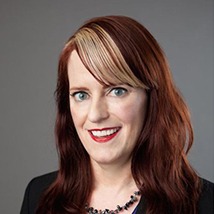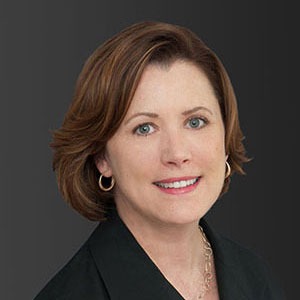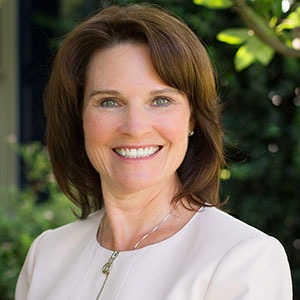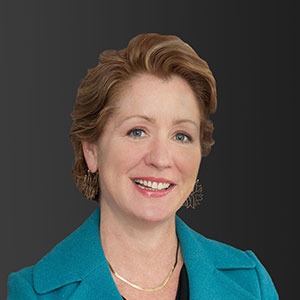A recent ABA survey of bank marketing leaders reveals several important organizational shifts are underway within bank marketing departments.
First, it’s clear that banking is following in the footsteps of other industries in terms of broadening its marketing focus from its historical brand communications origins to also include data and technology-driven campaigns to drive revenue. And the role marketing is playing is shifting to accommodate this focus on performance.
Second, most marketers are relying on a cadre of specialized outside resources to augment their internal resources and ‘supercharge’ their efforts.
And third, the vast majority of organizations have centralized their marketing functions.
Taking a seat at the ‘growth table’
Wendy Kagan, EVP and chief engagement officer at BankNewport, points out that her bank has seen an important shift. “We have been pleased with our brand building over the years, but we saw the need to augment our marketing team’s skills in the analytics and marketing technology area in order to identify and capitalize on new growth opportunities,” she says.
The Bank has recently invested in CRM and marketing technology to enable the automation of cross-sell campaigns based on personalized next best product modelling. The bank has also invested in the Medallia CX platform to provide near-real time customer insight to fuel process enhancements and even product innovations.
Speaking of customer experience, organizations are putting their ‘money where their mouth is.’ Nearly 65 percent have invested in a customer experience role in their marketing department, while 55 percent say marketing has roles for data and analytics and marketing technology management.
How does a marketing leader organize and harness this newfound power to fuel an organization’s growth? While some bankers report growing pains, there are clear signs of success.
“We are primarily a business bank and the traditional marketing approach really doesn’t work that well for us,” says Charlene Cates, SVP of marketing and community relations at Machias Savings Bank. “For instance, we are growing in the Portland market, but we don’t have the budget for a general media campaign, and it wouldn’t efficiently reach our business target anyway. Over the past two years, we have had to invest in people, data and technology to allow us to develop effective targeted campaigns to reach business owners.”
Using outside resources to magnify your efforts
The ABA survey also points out that most marketers can’t navigate these new data and tech intensive waters alone. 70 percent of leaders said they outsource at least part of their marketing function to an agency or contractor. Those same leaders outsource a surprising 72 percent of marketing activities.
At the top of the list is branding and creative, as well as media buying. But a significant number also use outside resources for digital and social media advertising, public relations and content marketing. The data analytics question was not asked, but based on CPG’s experience, many bank marketers augment their internal resources with specialized analytical firms, especially for complex projects like propensity modeling.
Similar to technology start-ups, banks are employing SaaS (software-as-a-service) providers to help accelerate the marketing and sales process, including marketing automation.
“The days of large scale on-premises installations are likely numbered,” says John Barron, chief strategy and growth officer of South Shore Bank. South Shore Bank, along with its external partners, continuously look to drive growth through digitally focused programs utilizing HubSpot for their SaaS marketing automation hub.
Making the most of scarce resources
The days of having five or ten regional marketing departments serving local markets appear to be numbered with only 5 percent of organizations reporting that their marketing is decentralized, and another 15 percent having hybrid (both centralized and decentralized) marketing teams.
There are two possible explanations for this. First is that the analysts and technicians required to fuel the data-driven campaigns are very specialized and difficult to find. It just makes sense that they would be a central resource that the entire organization can leverage and benefit from.
And second, with margin and profit pressure dominating senior management’s minds, most banks are actively looking for efficiency gains. Having more than one marketing department, ad agency or CRM platform begins to look wasteful in this economic environment.
Gearing for the future
Marketing leaders we spoke with for this article agree that marketing is playing a larger role in helping their institutions reach their revenue growth goals. In order to do that, they are investing in analytics, technology and digital marketing techniques, often relying on third parties for the more technical or specialized expertise.
The ABA’s next survey will take a deep dive into data analytics, what the most common applications are and how bank marketers are successfully leveraging analytics to help take their organizations’ performance to the next level. If you are an ABA member, please consider participating in this survey and sharing your thoughts on how your team uses analytics and data to power smart marketing.
Read the full article and see the charts on ABA Bank Marketing.















